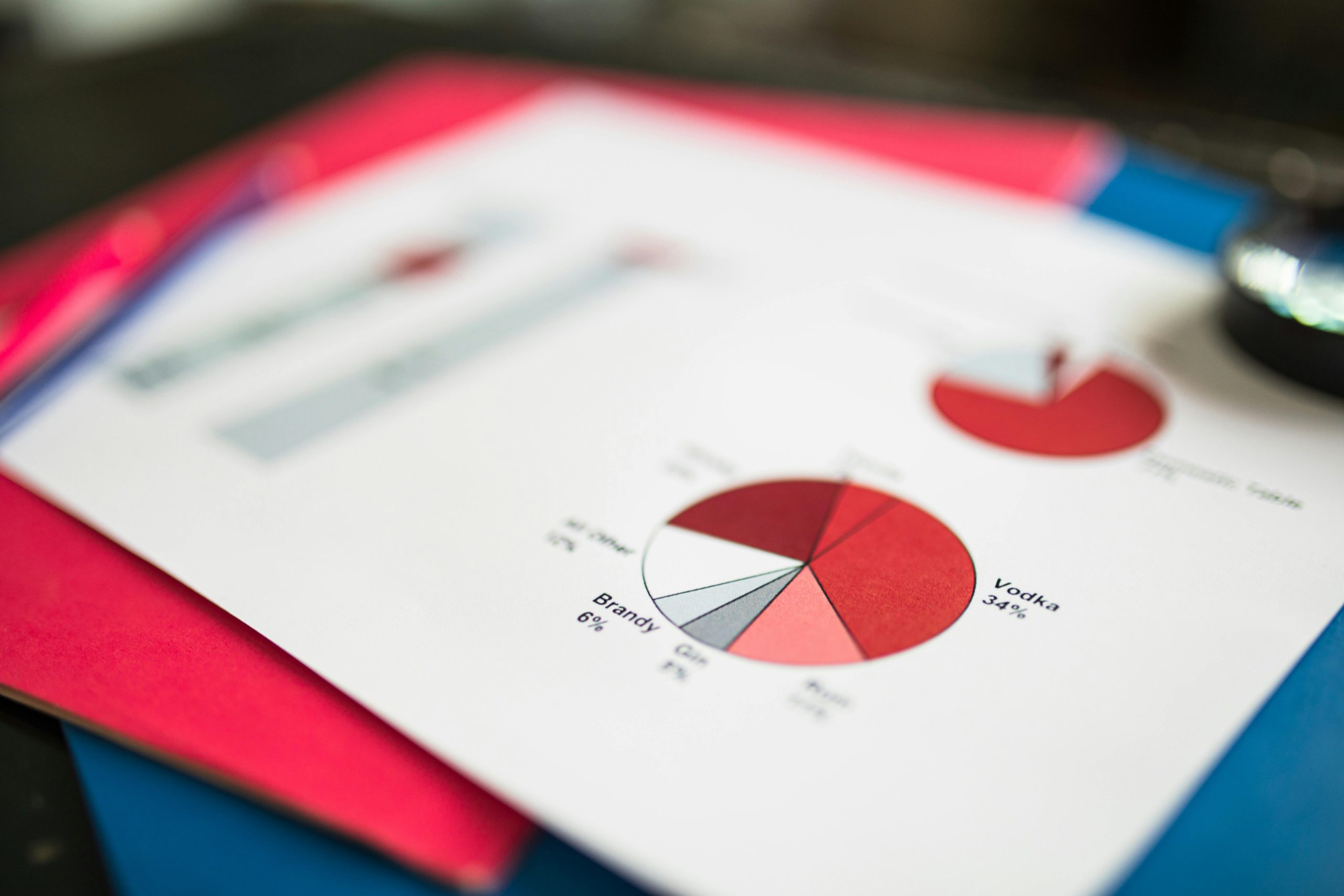Harnessing Data Analytics for Predictive Market Insights
In today’s data-driven world, businesses have access to an overwhelming amount of information about their customers, competitors, and markets. However, what sets successful companies apart from the rest is their ability to harness this data and turn it into actionable insights. This is where data analytics comes in – a powerful tool that uses statistical and mathematical techniques to interpret data, identify patterns, and make predictions. In this article, we’ll explore the concept of harnessing data analytics for predictive market insights and how it can give businesses a competitive edge in the ever-changing market landscape.
The Power of Data Analytics
Data analytics is the process of examining large sets of data to uncover trends and patterns, and making predictions based on historical data. It involves using various tools and techniques such as data mining, statistical analysis, and machine learning to extract insights that can help businesses make better decisions. With the rise of technology and the increasing use of digital tools, the amount of data available is growing exponentially, making data analytics an essential tool for businesses.
One of the primary benefits of data analytics is its ability to provide businesses with a deeper understanding of their customers. By analyzing customer data, businesses can gain valuable insights into their preferences, behaviors, and buying patterns. This information can then be used to create targeted marketing campaigns, improve customer experience, and increase customer retention rates. As a result, businesses can tailor their offerings to meet the specific needs and wants of their customers, leading to improved customer satisfaction and loyalty.
Harnessing Data Analytics for Predictive Market Insights
Predictive market insights refer to the ability to forecast future market trends and identify potential risks and opportunities. This is where data analytics plays a crucial role. By analyzing historical data, businesses can identify patterns and trends that can help them make predictions about future market conditions. This information can be used to make informed business decisions and stay ahead of the curve.
Identifying market trends
Data analytics tools can help businesses identify market trends and patterns that may affect their industry. By analyzing data from various sources such as social media, customer feedback, and sales data, businesses can gain a comprehensive understanding of the market landscape and stay updated on the latest trends. This information can be used to inform product development, marketing strategies, and business plans, resulting in a competitive advantage.
Predicting customer behavior
Data analytics can also be used to predict customer behavior, such as purchase patterns and preferences. For instance, a retail business that uses data analytics may be able to predict which products will be in demand during different seasons, allowing them to stock up accordingly. By understanding their customers’ needs and expectations, businesses can tailor their marketing efforts and offerings to meet their customers’ demands, resulting in increased sales and customer satisfaction.
Identifying potential risks and opportunities
Data analytics can help businesses identify potential risks and opportunities in the market. By analyzing data, businesses can identify potential threats such as changes in consumer preferences, new competitors, or economic fluctuations. On the other hand, data analytics can also help identify opportunities that businesses can capitalize on, such as new customer segments or emerging market trends. By being aware of potential risks and opportunities, businesses can take proactive measures to mitigate risks and seize opportunities, giving them a competitive edge.
The Future of Data Analytics in Predictive Market Insights
As technology continues to advance, the capabilities of data analytics are only going to expand. With the rise of artificial intelligence and machine learning, data analytics will become even more sophisticated, providing businesses with more accurate and real-time predictions. This will enable businesses to make faster and more informed decisions, giving them an edge in the ever-changing market landscape.
Challenges to Consider
While data analytics offers significant advantages for businesses, there are some challenges to consider. One of the main challenges is data privacy and security. With the rise of data breaches, businesses must ensure that they comply with privacy laws and protect customer data. Additionally, the rapidly evolving nature of technology means that businesses must continuously adapt and invest in the latest data analytics tools and techniques to stay ahead of the competition.
Conclusion
Data analytics has revolutionized the way businesses make decisions. By harnessing the power of data, businesses can gain valuable insights, predict market trends, and stay ahead of the competition. As data analytics continues to evolve and become more sophisticated, businesses must invest in this technology to stay relevant in the ever-changing market landscape. Predictive market insights are crucial for businesses to make informed decisions, and data analytics is the key to unlocking this potential.










